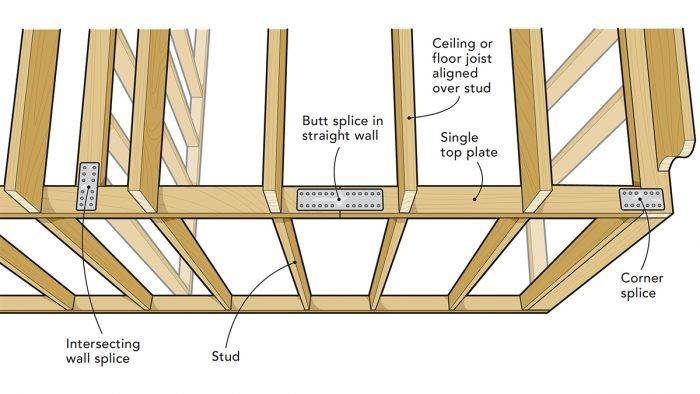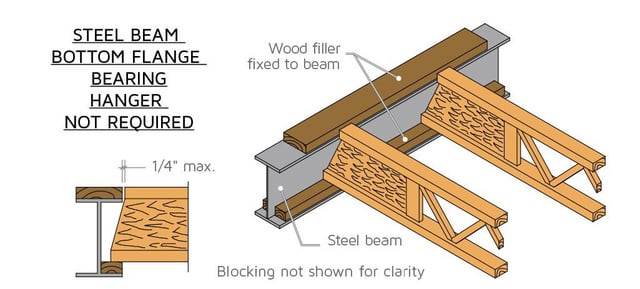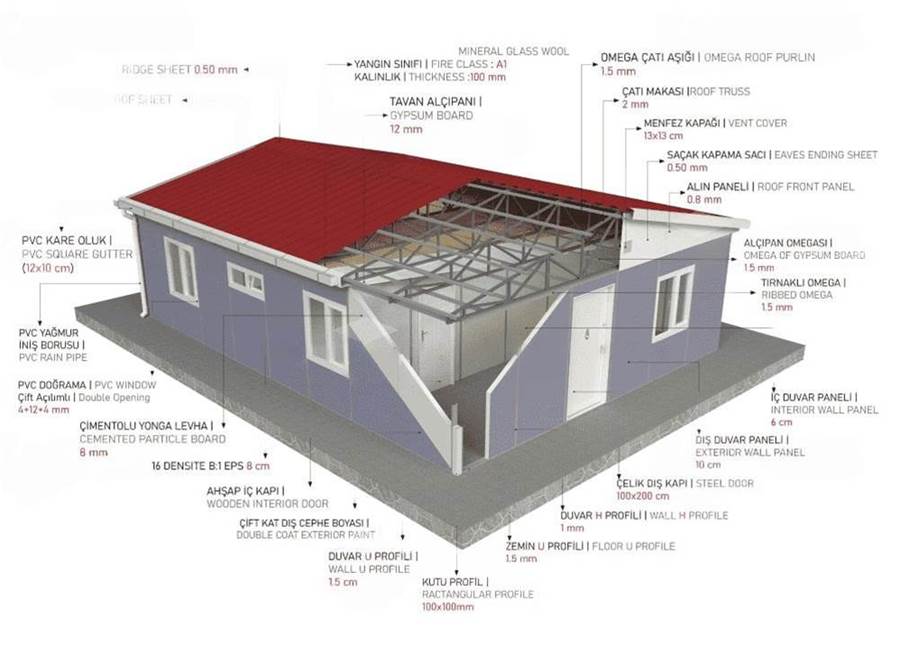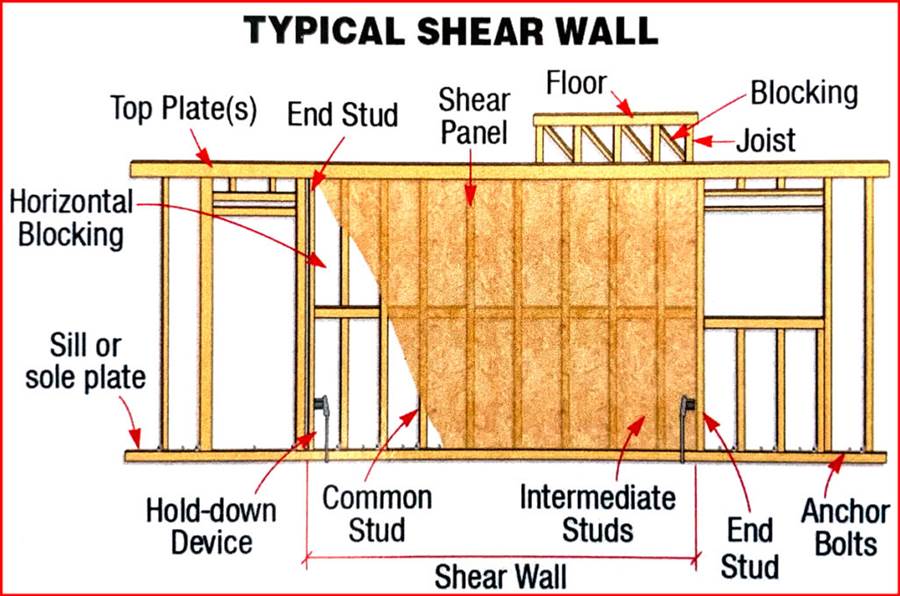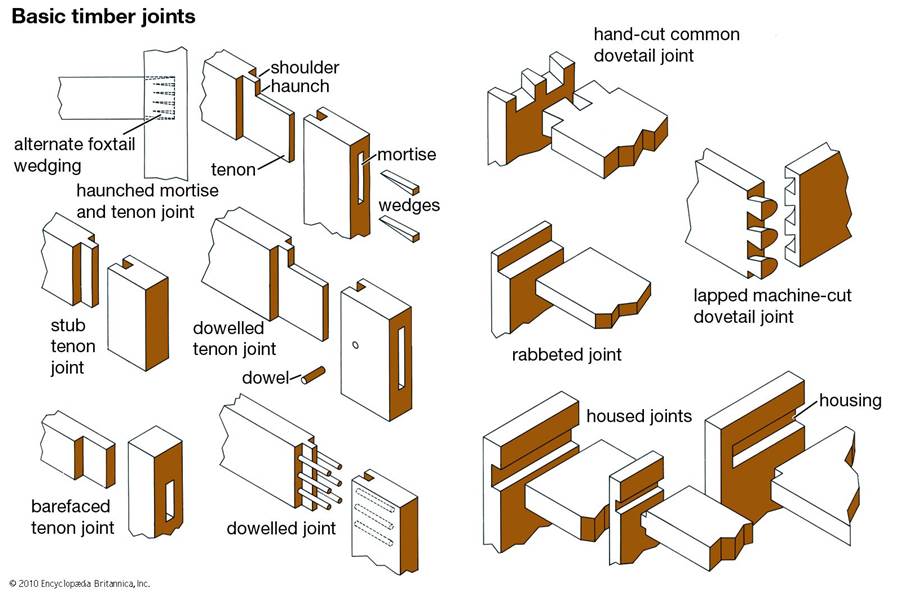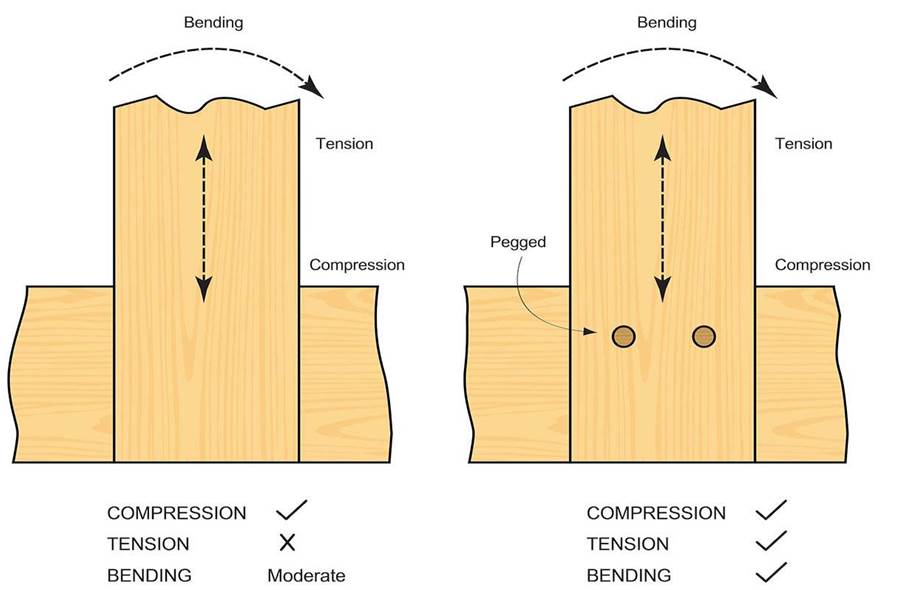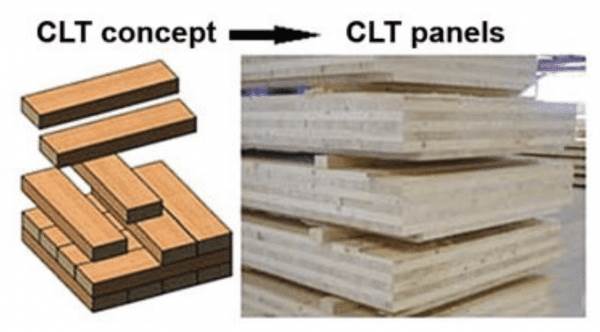
Timber is no longer viewed simply as a traditional or rustic building material. In recent years, global interest in wood construction has grown rapidly thanks to its sustainability, versatility, and technological evolution. From lightweight framing to highly engineered cross-laminated timber (CLT), the family of timber construction systems offers a wide range of options for architects, developers, and homeowners.
This article reviews five representative types of timber structures, highlighting their technical characteristics, benefits, and common application scenarios.
1. Light Wood Frame Construction
Light wood framing is one of the most widely used timber construction methods in the world, especially in North America. It relies on small-section timber studs and joists that form a load-bearing wall and floor system.
Sheathing panels are attached to the structure to provide rigidity and wind resistance.
The method is relatively easy to learn and does not require special machinery, which makes it popular for low-rise residential projects and self-build housing.
The article is not finished. Click on the next page to continue.
The article is not finished. Click on the next page to continue.
Next page



